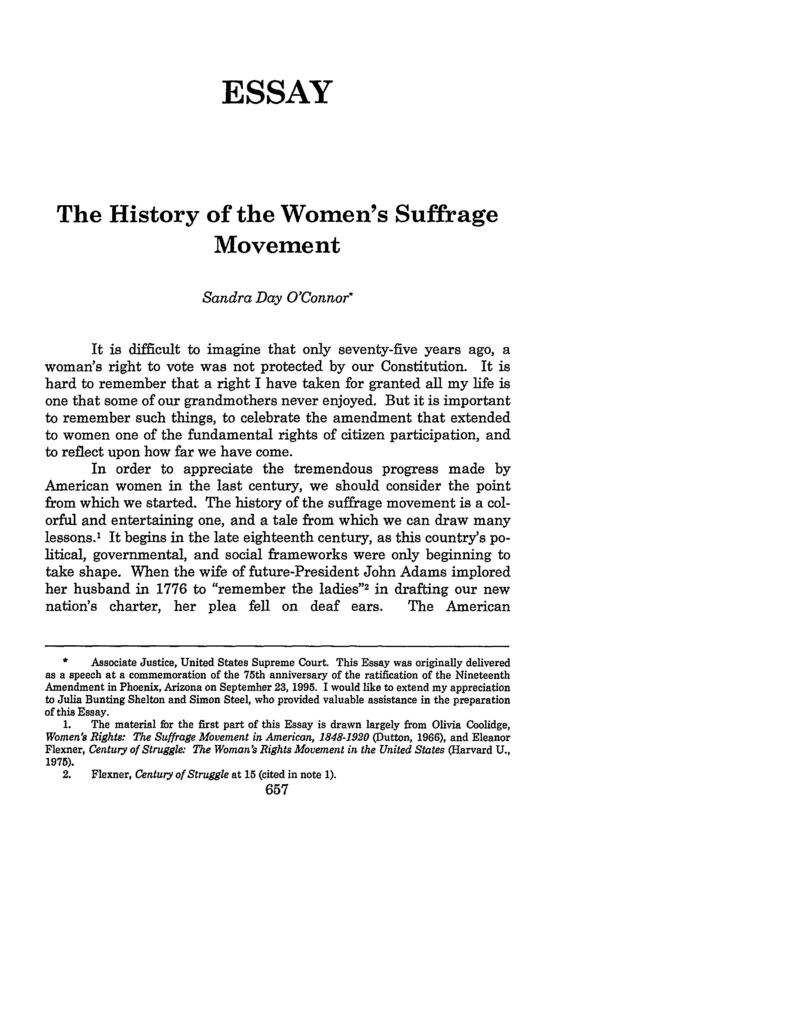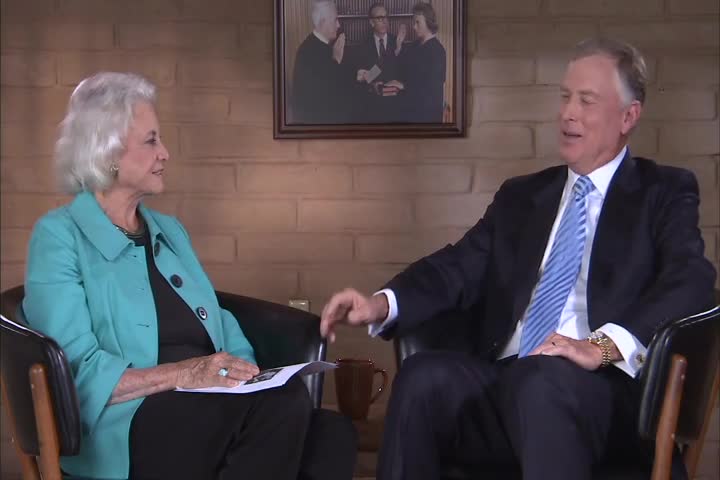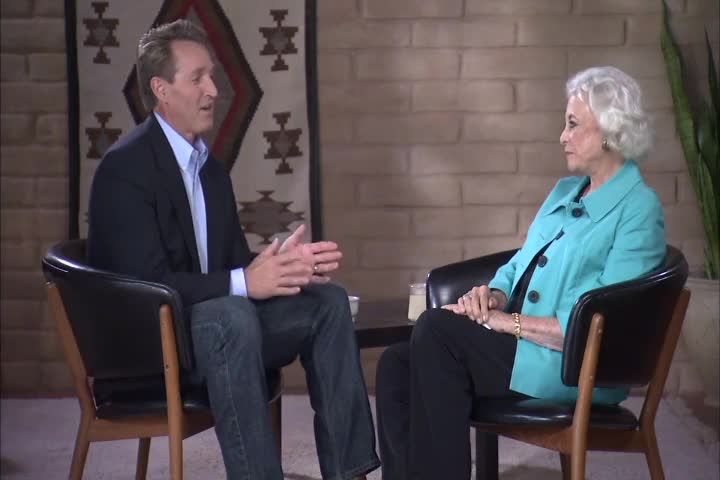The History of the Women’s Suffrage Movement
Sandra Day O’Connor Thank you. And that was the best introduction I’ve ever had. From the best sister I’ve ever had. I can’t tell you how pleased I am to be here with you today to commemorate the ratification of the 19th amendment. We’re starting this talk a little early. Maybe before you’re finished with launch, and we’re doing that because I have so much to tell you today. I normally try to be very brief in my speeches. I’m not going to be brief today. Because this is a story that needs telling and you need to know what if you don’t Ready.
I find it difficult to imagine that only 75 years ago, a woman’s right to vote was not protected by our Constitution. It’s hard to remember that we have taken for granted all our lives, something that some of our grandmothers never enjoy. But we’re here today to remember such things, to celebrate the amendments that extended to women, one of the fundamental rights of citizen participation, and to reflect on how far we’ve come. In order to appreciate the tremendous progress made by American women in the last century. It’s important to think about the point from which we started the history of the suffrage movement. He has a colorful and entertaining one and a tale from which we can draw many lessons. begins in the late 18th century, as this country’s political, governmental and social frameworks were only beginning to take shape. When the wife of future president john adams implored her husband in 1776 to remember the ladies and drafting






